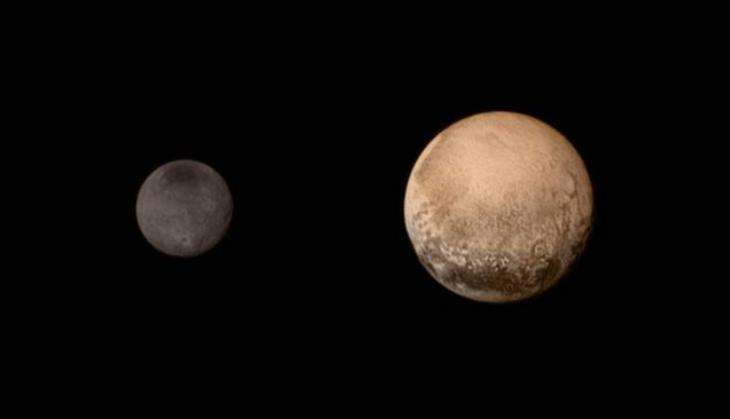NASA’s New Horizons space probe has spotted possible clouds hovering over Pluto, indicating that the weather on the icy dwarf planet is more complex than thought.

“We’re excited about the exploration ahead for New Horizons, and also about what we are still discovering from Pluto flyby data,” said Alan Stern, principal investigator from Southwest Research Institute in the US.
“Now, with our spacecraft transmitting the last of its data from last summer’s flight through the Pluto system, we know that the next great exploration of Pluto will require another mission to be sent there,” said Stern.
Stern said that Pluto’s complex, layered atmosphere is hazy and appears to be mostly free of clouds, but the team has spied a handful of potential clouds in images taken with New Horizons’ cameras during its historic Pluto flyby of in July last year.
“If there are clouds, it would mean the weather on Pluto is even more complex than we imagined,” Stern said.
Scientists already knew that Pluto’s icy surface below that atmosphere varied widely in brightness.
Data from the flyby not only confirms that it also shows the brightest areas (such as sections of Pluto’s large heart-shaped region) are among the most reflective in the solar system.




